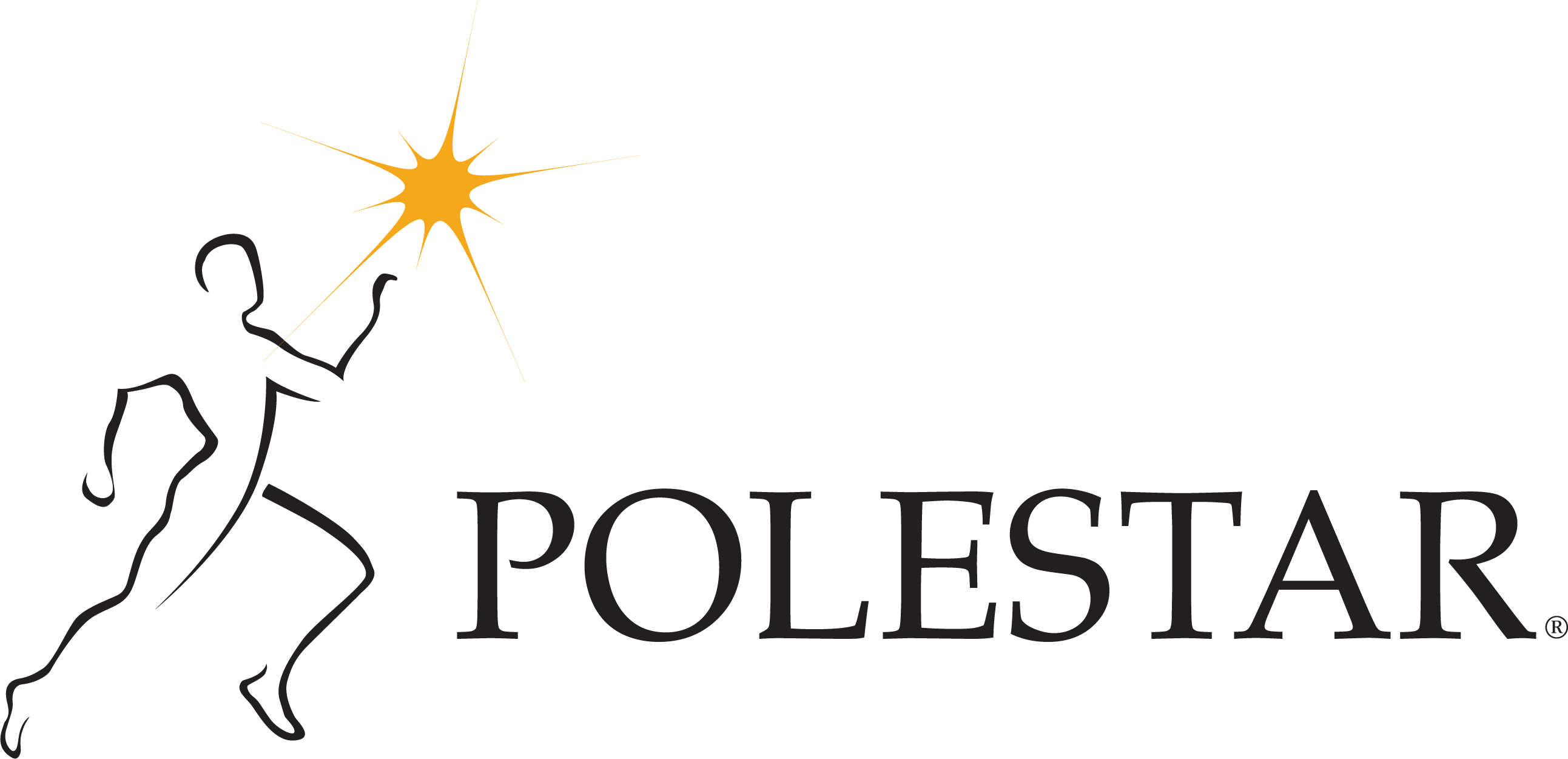
By Polestar Educator Noelle Dowma DPT, BFA, NCPT, CMTPT
October 2017 was a busy month for me…I presented in the International Association of Dance Medicine and Science (IADMS) conference in Houston, Texas at the beginning of the month, and again at the Pilates Method Alliance (PMA) conference in Indian Wells, California at the end of the month. The IADMS presentation was called “Dance Conditioning with Pilates as the Foundation,” and it was basically a Pilates mat class with lots of other exercises that dancers need. A good portion of my participants did have Pilates experience, but I wanted to highlight the unique non-Pilates exercises I teach to help dancers get the strength and flexibility they need.
When preparing to teach for the PMA conference, I knew my audience was 100% Pilates and not many dancers. So, I taught the directly inverted Pilates mat class. I used far more traditional Pilates exercises and only interspersed a few that would specifically benefit dancers (and regular people). This act of teaching similar things in a small time frame made me realize how versatile Pilates mat and equipment work can be.
A Pilates mat class can easily be transformed from a basic class appropriate for very unconditioned people by simplifying and modifying exercises, to challenging the most elite athlete. The difference in these two classes comes down to content and difficulty, although safety and challenge must be our focus as teachers.
I worry that we, as Pilates teachers, over challenge people, which can result in injury, the development of poor form, frustration, and misinformation.
What these teachers might be overlooking is the focus to teach the students self-monitoring so that they can make ideal choices for their body.
An example of this is to help provide our students with information about how to perform self-palpation, internal assessment (feeling what is happening), or external assessment (looking at their alignment). Our role as teachers is not to say “in-out” or to count for them, but rather to help them to know if they are doing the exercise correctly and when to modify, stop, or continue onwards.
It is always joyful for me to hear a past student tell me about trying a Pilates class elsewhere. Because of having this self-awareness, they often can assess how good the class was and are able to keep themselves safe, even if the pace and advancement of the exercise were too much. This makes sense after all, because Joseph Pilates said:
“It is the mind that shapes the body.”
If we follow his philosophy, we can help teach others to have the consciousness so that they follow Polestar’s mantra of “intelligent movement.”
Discover Noelle Dowma and Kinesphere Physical Therapy here




